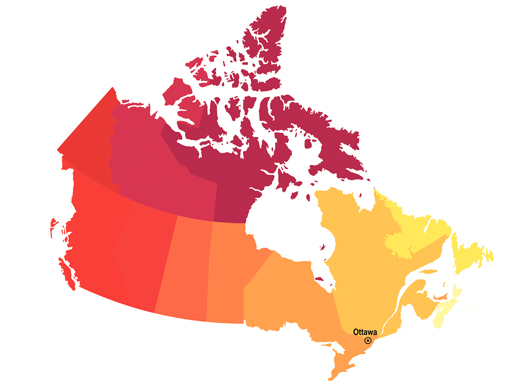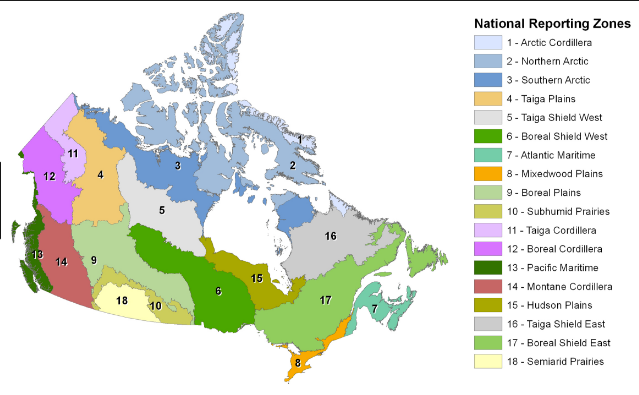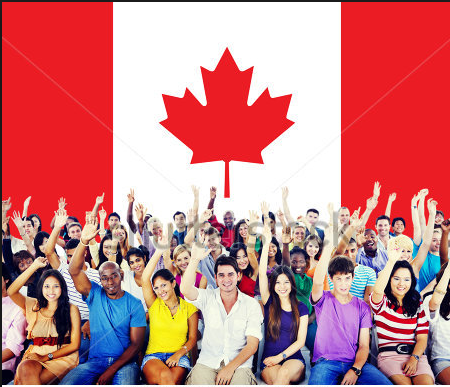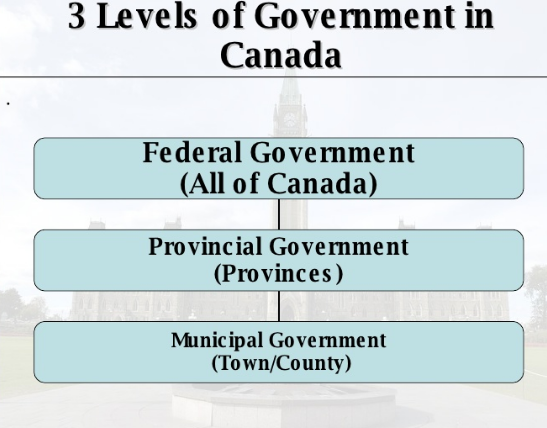OHHH CANADA!! Happy birthday!! Lemme tell you something about Canada!
Canada may be very different from your home country, which means there is a great deal to learn about and explore before you arrive here. These pages will introduce you to important features of this country, such as the Canadian climate and way of life.
Land and climate
Canada is the second largest country on earth and has three ocean borders:
- the Pacific Ocean in the west
- the Atlantic Ocean in the east
- the Arctic Ocean to the north
Canada also borders the United States in the south and in the northwest.
Canada has many different types of landscape. There are areas with high mountains, different types of forests, prairie grasslands and arctic tundra where the ground is permanently frozen. Canada is also home to many rivers and lakes.
Seasons
In Canada, there are four different seasons: spring, summer, autumn (fall) and winter.
Summer lasts from around June to September and the weather varies from warm to hot, with daytime temperatures between 20 and 30 degrees Celsius or Centigrade (68 and 86 degrees Fahrenheit) or higher. In southern Ontario and Quebec, it can often be very humid.
Fall and spring are transition seasons, which mean the weather starts getting colder or warmer, and there is a lot of rain.
Winter is very cold in most places with temperatures often below zero degrees Celsius. Snow covers the ground from around December to March or April. In southwest British Columbia (around Victoria and Vancouver), rain is more common in winter than snow.
Depending on where you are immigrating from, you may be quite surprised by the cold and snow during your first Canadian winter. Be sure to buy a winter coat, boots, gloves and a hat to keep you warm. With the right clothing, you will be prepared to enjoy the unique beauty of a Canadian winter.
The Atlas of Canada has information on Canada’s geography and climate. You can also see the weather forecasts for every city and town in Canada.
Cities, provinces and regions
Ottawa is the capital city of Canada and is located on the Ottawa River between Ontario and Quebec.
Canada has 10 provinces and three territories, each with its own capital city. These provinces and territories are grouped into five regions:
- Atlantic Provinces: Newfoundland and Labrador, Prince Edward Island, Nova Scotia and New Brunswick
- Central Canada: Quebec and Ontario
- Prairie Provinces: Manitoba, Saskatchewan and Alberta
- West Coast: British Columbia
- North: Nunavut, Northwest Territories and Yukon Territory
- Most people live in southern Ontario and Quebec, southwest British Columbia and Alberta. Much of the north has a very low population because of the cold climate.
The Canadian people
Founding peoples:
“Aboriginal peoples” are people whose family lived in Canada before the arrival of European explorers, pioneers and settlers. There are three different groups:
First Nations (sometimes called “Indians”);
Inuit; and
Métis.
“French Canadians” are the descendants of French settlers and include Acadians, Quebecers and people in smaller French-speaking communities across Canada.
The Acadians are descendants of French colonists who settled 400 years ago in what is now the Atlantic Region.
Quebecers (“Québécois” in French) live in Quebec. Most are French-speaking descendants of French settlers from the 1600s and 1700s who brought with them the traditions of French civilization. Quebecers maintain a unique identity, culture and language. In 2006, the Canadian Parliament recognized that the Québécois form a nation within a united Canada. One million English-speaking Anglo-Quebecers form an important part of Quebec society.
Most “English Canadians” are descendants of English, Welsh, Scottish and Irish settlers, soldiers and migrants who came to Canada from the 17th to the 20th century. Generations of these pioneers helped to bring British political institutions and traditions to Canada.
Most Canadians were born in Canada and came from the original founding peoples. However, over the past 200 years, many newcomers have helped to build and defend this country’s way of life. Today, many ethnic and religious groups live and work in peace as proud Canadians. Until the 1970s, most immigrants came from European countries. Since then, the majority have come from Asian countries. Approximately 20 percent of Canadians were born outside Canada. In Toronto, Canada’s largest city, this number is over 45 percent. Immigrants like you are a valued part of Canada’s multicultural society.
Human rights
Canadian citizens and residents have rights
It is important for you to learn about your rights and duties in Canada. You should also know how important the Canadian Charter of Rights and Freedoms is to what we believe and how we live in this country.
The Charter protects your rights
The Canadian Charter of Rights and Freedoms is part of Canada’s Constitution and protects you from the moment you arrive in Canada. It sets out the values that Canadians live by and describes the kinds of personal human rights and freedoms we can expect in this country. Some of those rights and freedoms include:
The right to life, liberty and personal security
Freedom of conscience and religion
Freedom of thought, belief, opinion and expression, including freedom of the press and other media
Freedom to hold peaceful meetings
Freedom to join groups
Protection from unreasonable search or seizure and unjustified detainment and imprisonment
The right to be presumed innocent until proven guilty
The right to retain and instruct counsel (a lawyer) without delay
The right to a fair trial, through due process of law
The right to equal protection and benefit under the law, without discrimination
Rights come with responsibilities
People who live in Canada are expected to understand and obey Canadian laws, allow other Canadians to enjoy their rights and freedoms and help preserve Canada's multicultural heritage.
It is also important for Canadians to become informed about politics and help to improve their communities and the country.
Citizens of Canada have other rights and freedoms, such as the right to vote in elections. To learn about these rights, see the Canadian Charter of Rights and Freedoms.
Government
Canada has three levels of government:
federal
provincial or territorial
municipal
Federal government :
The federal government is based in Ottawa. The Prime Minister heads the federal government. It deals with national and international matters, such as:
- national defence
- foreign affairs
- employment insurance
- money
- banking
- taxes
- shipping
- railways
- telephones
- pipelines
Aboriginal lands and rights
criminal law
Provincial and territorial governments
The provincial and territorial governments have the power to change their laws and manage their own public lands. Their responsibilities include:
education
health care
road regulations
A Premier leads each province and territory.
Municipal governments
This is the level of government that governs a city, town or district (a municipality). Municipal governments are responsible for things, such as:
- public transportation
- fire protection
- local police
- local land use
- libraries
- parks
- community water systems
- roadways
- parking
Mayors lead municipal governments.
First Nations governance
Across the country, band councils govern First Nations communities. Band councils are similar to municipal governments. Band members elect the band council, which makes decisions that affect their local community.
- Parliamentary democracy
- Parliament has three parts:
- the Sovereign (Queen or King)
- the Senate
- the House of Commons
Canadian citizens elect political representatives at all three levels of government: federal, provincial or territorial, and municipal to:
- the federal House of Commons
- the provincial and territorial legislatures
- their city council
These representatives:
- pass laws
- approve and monitor spending
- keep the government accountable
- Constitutional monarchy
Canada is a constitutional monarchy. This means that the Queen or King of Canada is the head of state, while the Prime Minister is the head of government.
The Queen is represented in Canada by the Governor General, who is appointed by the Sovereign on the advice of the Prime Minister, usually for five years. In each of the ten provinces, the Sovereign is represented by the Lieutenant-Governor, who is appointed by the Governor General on the advice of the Prime Minister, also normally for five years.
Discover Canada has more information on democracy and government in Canada.
Sources : Everything cited in this post is coming from : http://www.cic.gc.ca/english/newcomers/before-land.asp
:)




Hi! I am a robot. I just upvoted you! I found similar content that readers might be interested in:
http://www.cic.gc.ca/english/newcomers/before-land.asp
Yep! Everything here has been found on http://www.cic.gc.ca/english/newcomers/before-land.asp !
Congratulations @lodbryce! You have completed some achievement on Steemit and have been rewarded with new badge(s) :
Click on any badge to view your own Board of Honnor on SteemitBoard.
For more information about SteemitBoard, click here
If you no longer want to receive notifications, reply to this comment with the word
STOPBy upvoting this notification, you can help all Steemit users. Learn how here!
Stop
Notifications have been disabled. Sorry if I bothered you.
To reactivate notifications, drop me a comment with the word
NOTIFYCongratulations @lodbryce! You have completed some achievement on Steemit and have been rewarded with new badge(s) :
Click on any badge to view your own Board of Honnor on SteemitBoard.
For more information about SteemitBoard, click here
If you no longer want to receive notifications, reply to this comment with the word
STOPBy upvoting this notification, you can help all Steemit users. Learn how here!